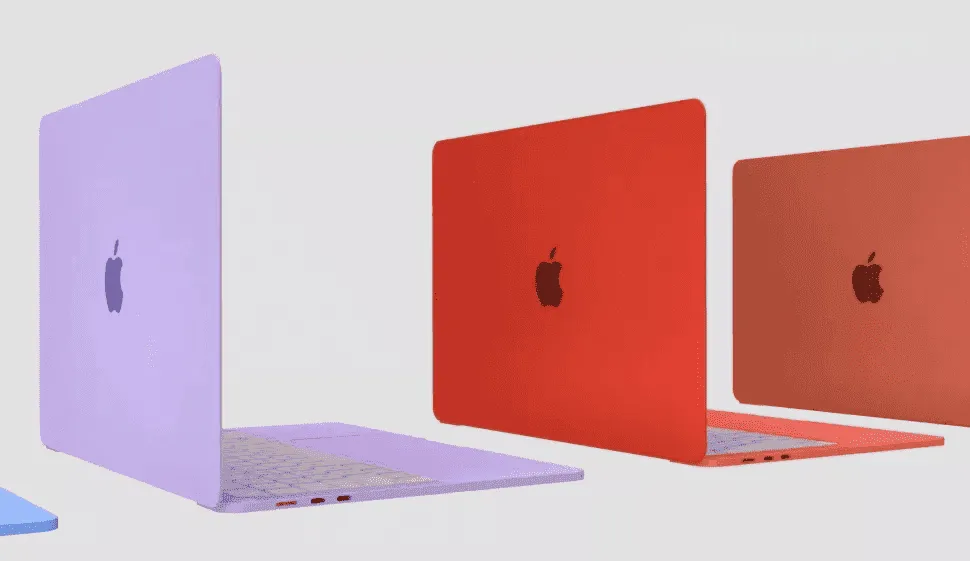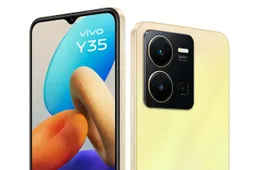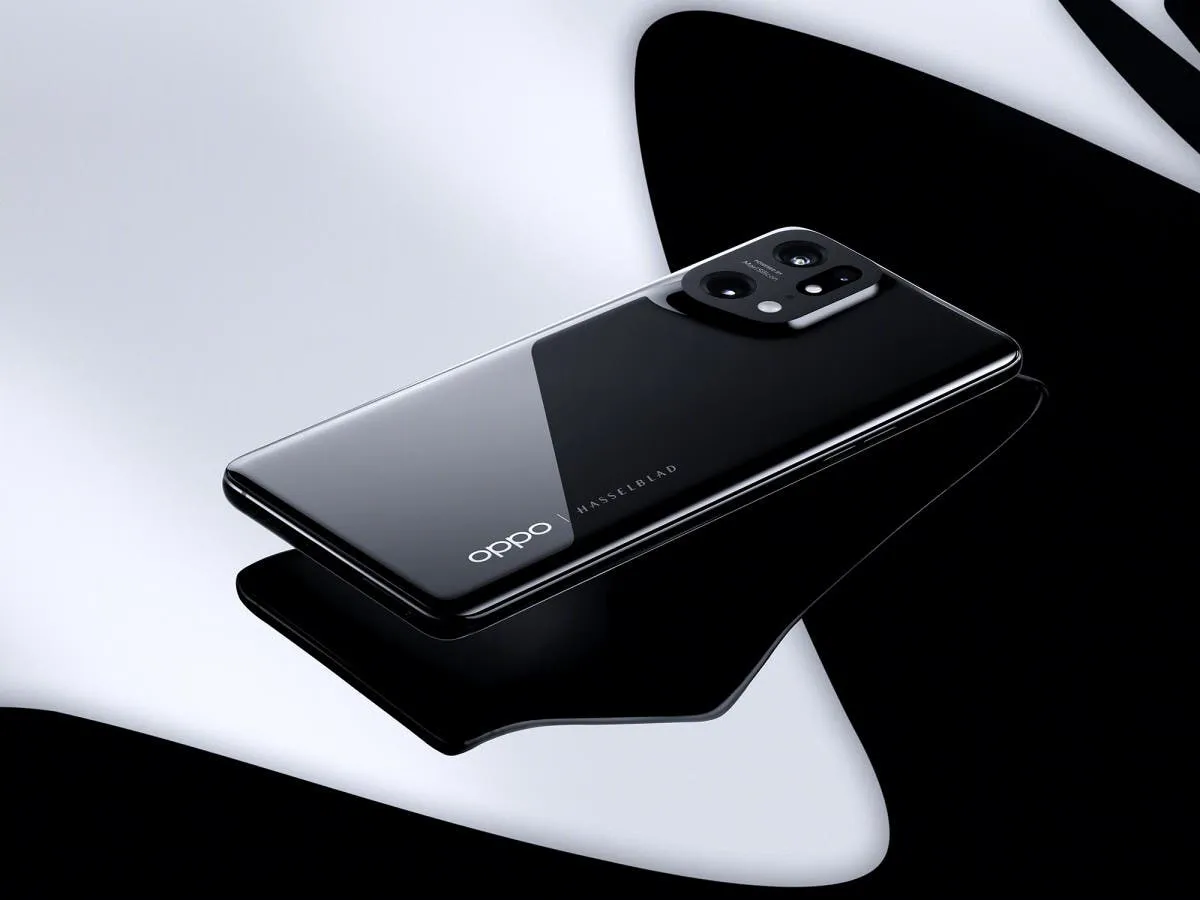
The mainstream materials of smartphone back cover include plastic, glass, and plain leather, and only a few models from the premium segment use ceramics. The models that decided to use the latter include the Xiaomi MIX 4, OPPO Find X5 Pro, and so on. Generally, only a couple of brands have experience working with this material. Technically, it requires more complicated processes. That’s why many manufacturers avoid it. However, there are now signs that Apple is investigating ceramic materials. So with a strong possibility, the future iPhones might use a ceramic back cover.
Future iPhones With Ceramic Body
Recently, Forbes showed a patent picture in which an Apple iPhone product uses a zirconia ceramic material. The patent is called "Electronic Devices with Textured Zirconia-Based Components" and promises a matte finish. Interestingly, Apple is thinking of using this material not only in the future iPhones but also in the future Apple Watch.
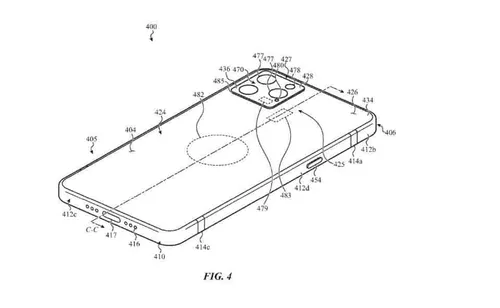
Apple says it can provide a "matte look" to the exterior surfaces of electronic devices. And though the company doesn’t provide many details on the material, it specifies that "the zirconia-based component uses ceramic."
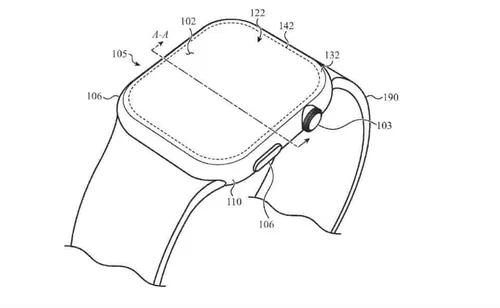
For those who are unaware, zirconia material has excellent physical and chemical properties such as high hardness, high strength, high toughness, extremely high wear resistance, and chemical corrosion resistance. It’s been widely used in the field of ceramics.
Let’s take the Xiaomi MIX 4 as an example. The machine uses high-purity nano-zirconia composite material to make a ceramic body. Compared with traditional ceramic materials, the latter is 30% lighter. Thus, it not only retains the ceramic texture but also reduces the weight of the fuselage.
Further reading: Google Pixel 7 Ultra Could Arrive With A Ceramic Body
As said, working with ceramics is not easy. Therefore, it increases the costs of a device. And this is the main reason why only some flagship models use. So when it comes to the Apple iPhone, most likely, only the Pro versions will use it.
Popular News
Latest News
Loading
